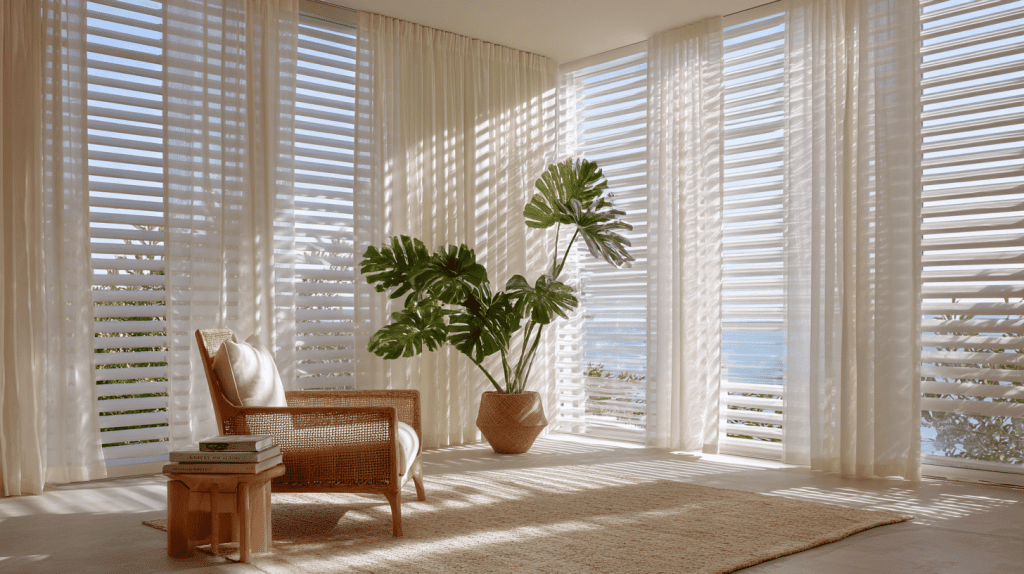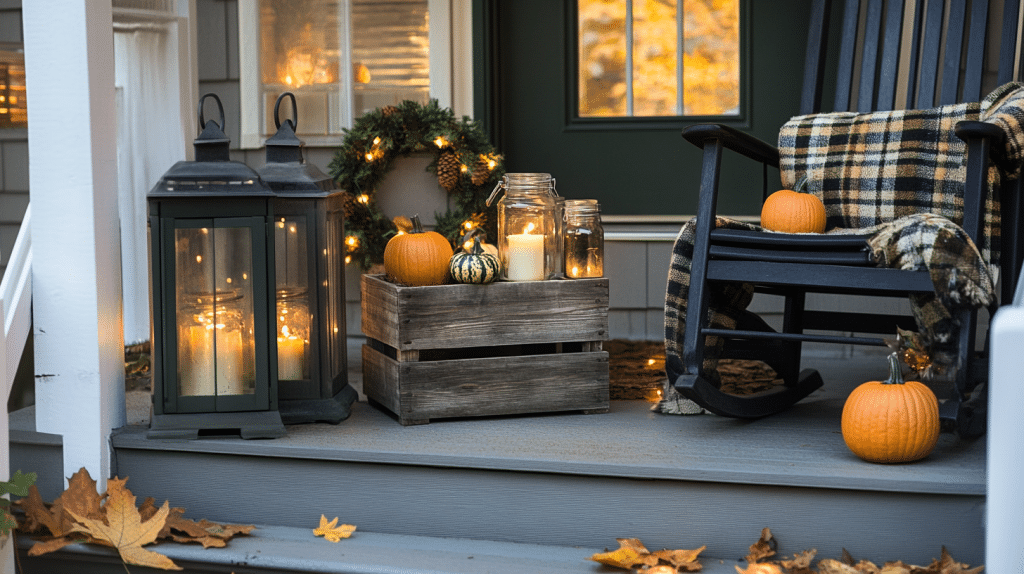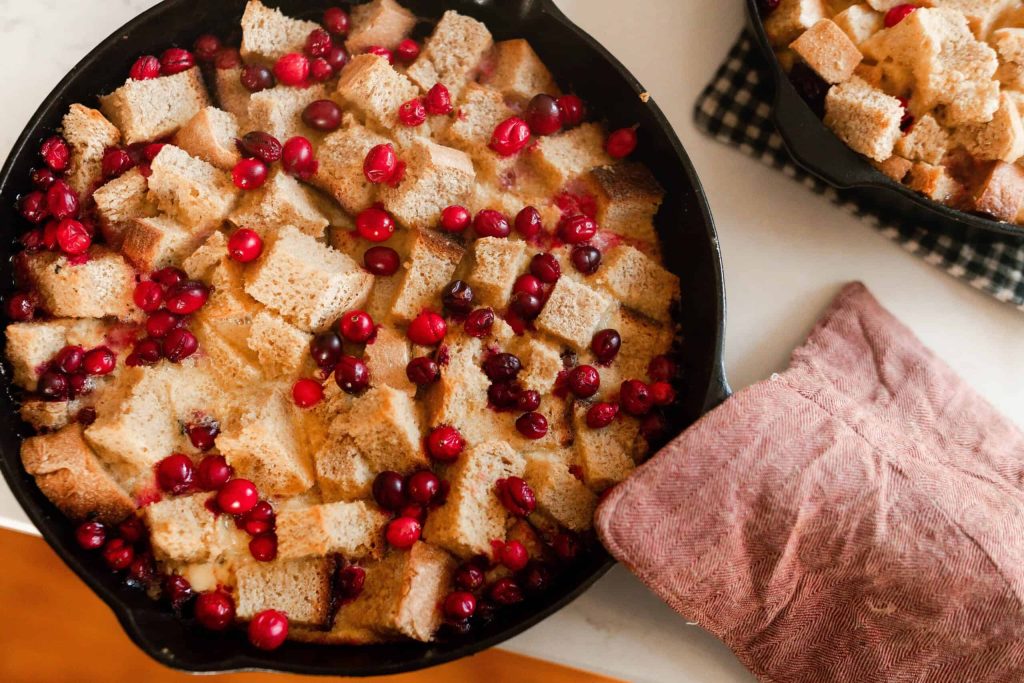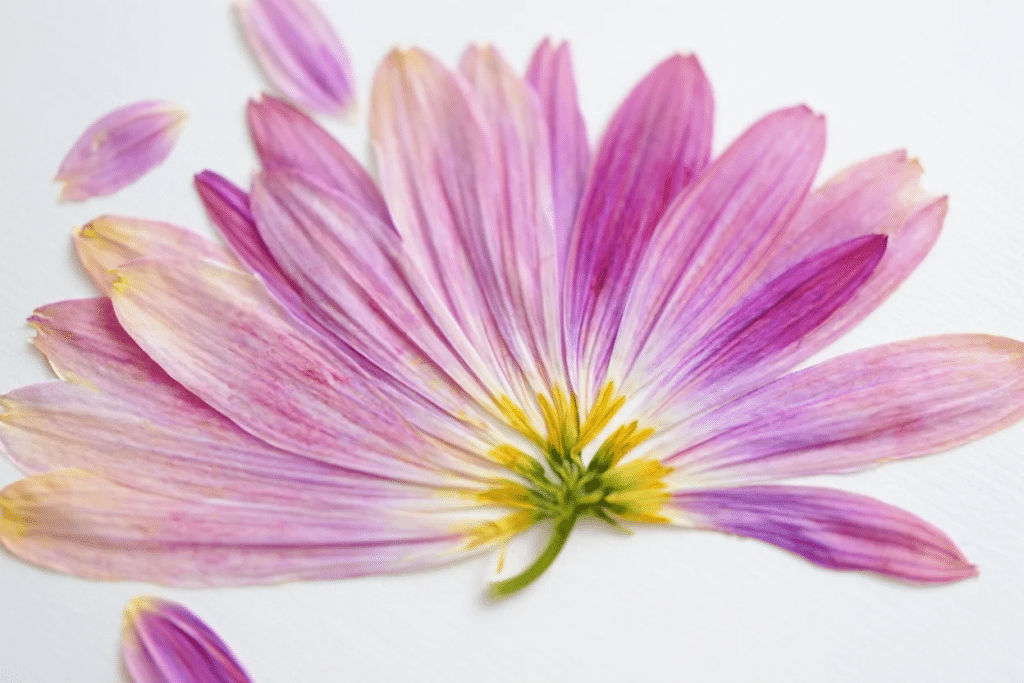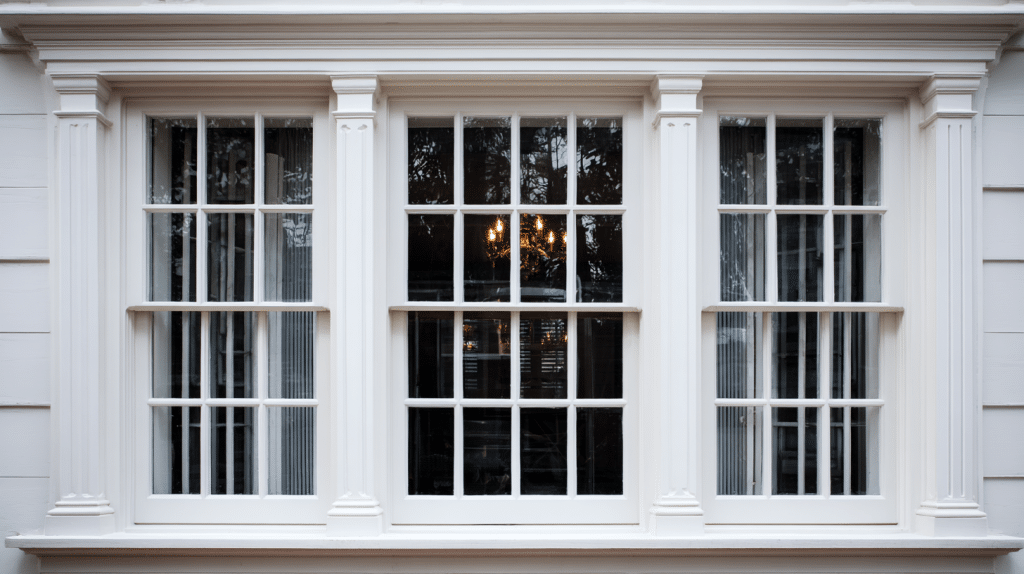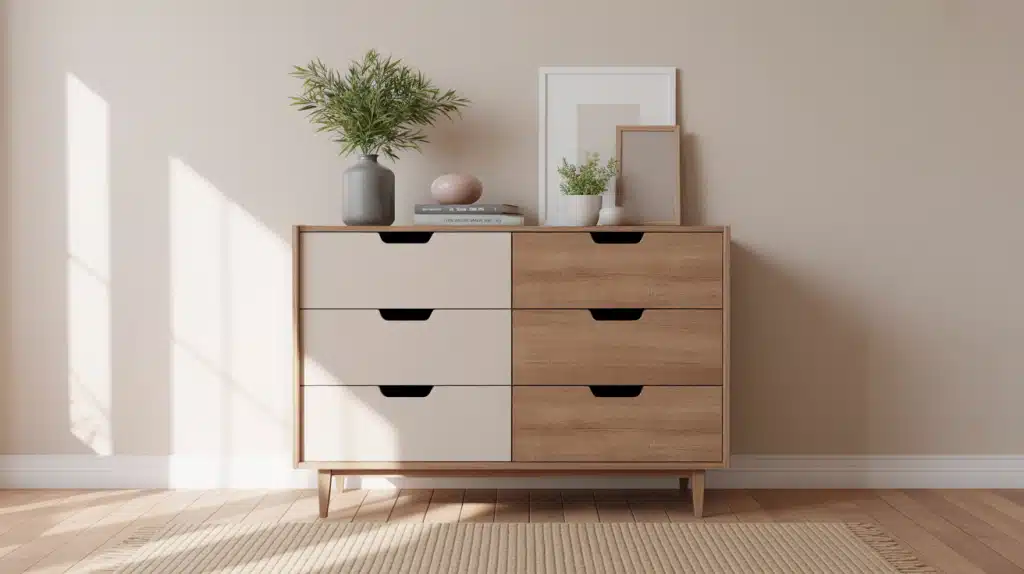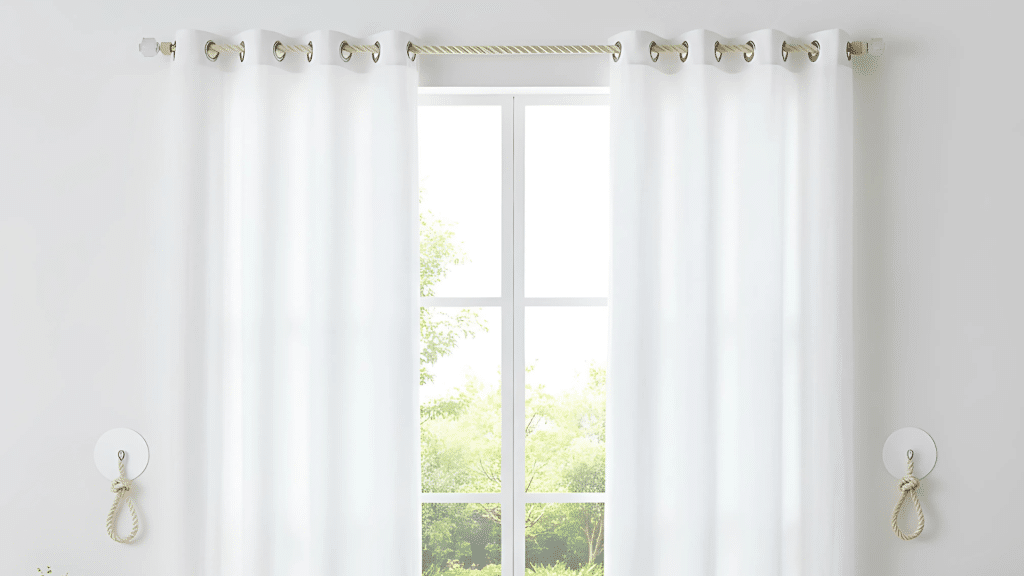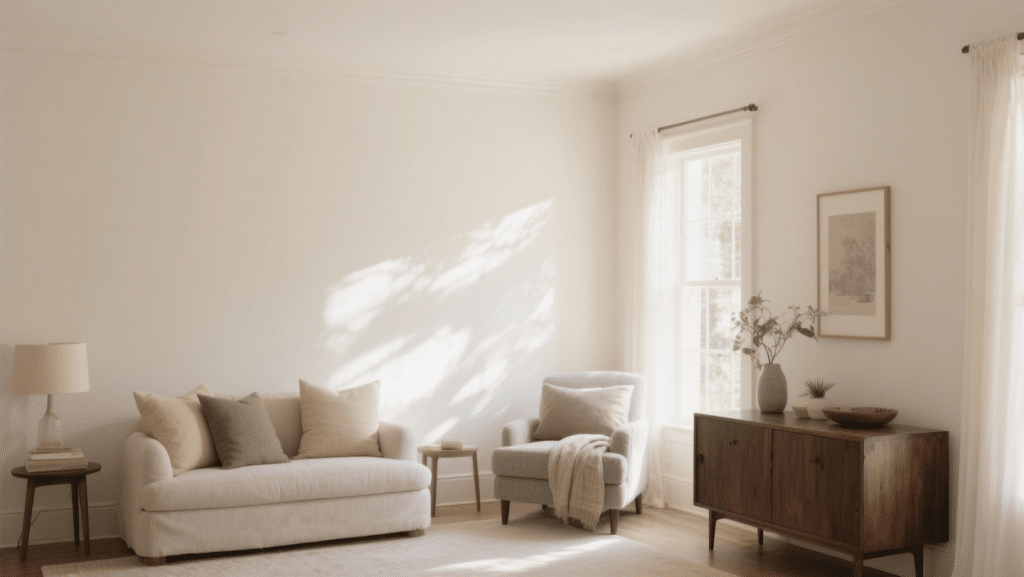Jalousie windows are distinctive for their horizontal slats that open and close like venetian blinds, offering a stylish and practical way to control ventilation.
Popular in tropical regions and mid-century American homes, they provide fresh air while maintaining privacy and a sleek appearance.
But here’s the catch: understanding how these windows work, including their unique slat mechanism, airflow control, and weather protection, is easier than you think.
This guide will walk you through the design, benefits, and drawbacks of jalousie windows so you can decide if they’re the right choice for your home or project
History and Evolution of Jalousie Windows
Jalousie windows began in tropical regions, where homes needed strong airflow to stay cool.
They grew popular in the early 1900s and became common in the United States from the 1940s to the 1960s.
Many families liked them because aluminum frames were cheap and easy to install. Their style also fit mid-century homes that focused on light and outdoor living.
By the late 1900s, fewer people used them because they did not seal well and raised security and weather issues.
Today, new versions with tighter seals, stronger glass, and better hardware are bringing these windows back in warm climates.
Window Design and Construction
Modern windows are built with flexibility in mind, offering multiple materials, hardware, and customization options to suit both style preferences and practical performance needs.
- Frames: Choose aluminum for strength, wood for classic appeal, or vinyl for low-maintenance performance.
- Slats: Available in glass, acrylic, or aluminium to balance style, security, and function.
- Glazing: Slats vary in thickness to improve durability and insulation.
- Hardware: Cranks, levers, and pivot clips ensure smooth opening and closing.
- Sealing systems: Weatherstripping and gaskets help reduce drafts and leaks.
- Screens: Built-in screens protect interiors from insects.
- Customization: Sizes, finishes, and slat styles can be tailored for any home design.
These construction details make these windows adaptable, blending practical function with unique visual character.
Benefits and Drawbacks
These windows offer unique design and ventilation advantages, but also come with limitations that homeowners should carefully weigh before choosing them for their space.
| Pros | Cons |
|---|---|
| Superior ventilation for humid and tropical climates | Slats can be forced open more easily, reducing security |
| Adjustable slats provide light and privacy control | Poor insulation makes them unsuitable for cold climates |
| Outward projection saves indoor living space | Older models may allow water infiltration during storms |
| Easy cleaning with accessible, removable slats | Higher maintenance due to multiple moving parts |
| Cost-effective compared to large casement or sliding windows | Less effective at blocking outside noise |
| Distinctive style adds retro or tropical-inspired charm | Glass slats can be fragile and break more easily |
Disclaimer: Suitability depends on your climate, security needs, and maintenance capacity. These windows work best in warm, breezy environments.
Modern Applications for Jalousie Windows
In today’s homes, these windows are chosen for specific areas where ventilation, charm, and cost-effectiveness are more valuable than insulation.
1. Sunrooms and Porches
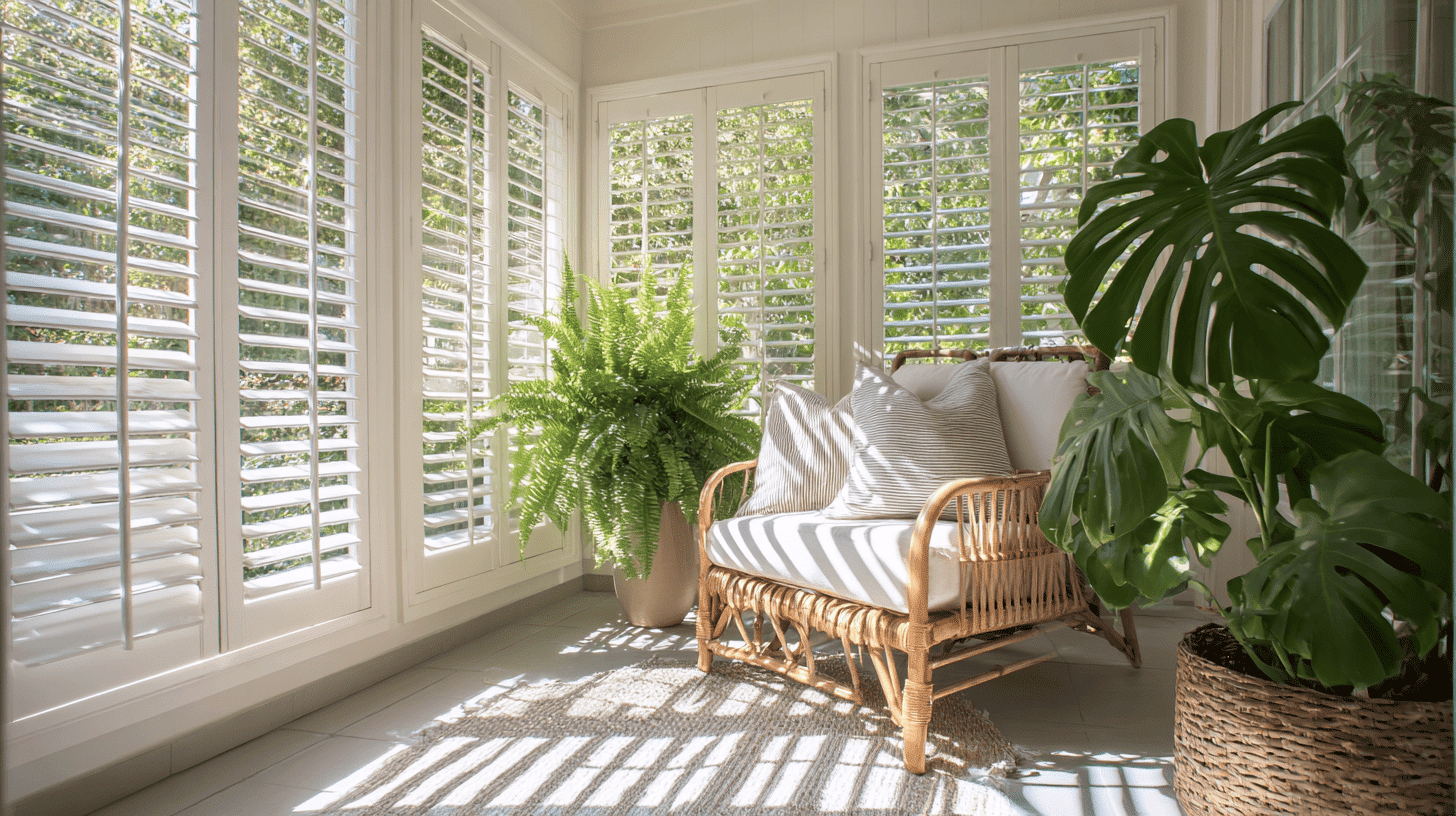
These transitional spaces benefit from adjustable ventilation that bridges indoor comfort with outdoor freshness throughout warm seasons.
- Promote energy-free cooling during warm afternoons without mechanical systems.
- Offer flexible control over breeze direction and intensity.
- Blend indoor comfort with an outdoor vibe.
- Create comfortable lounging areas for reading or entertaining.
2. Tropical Homes
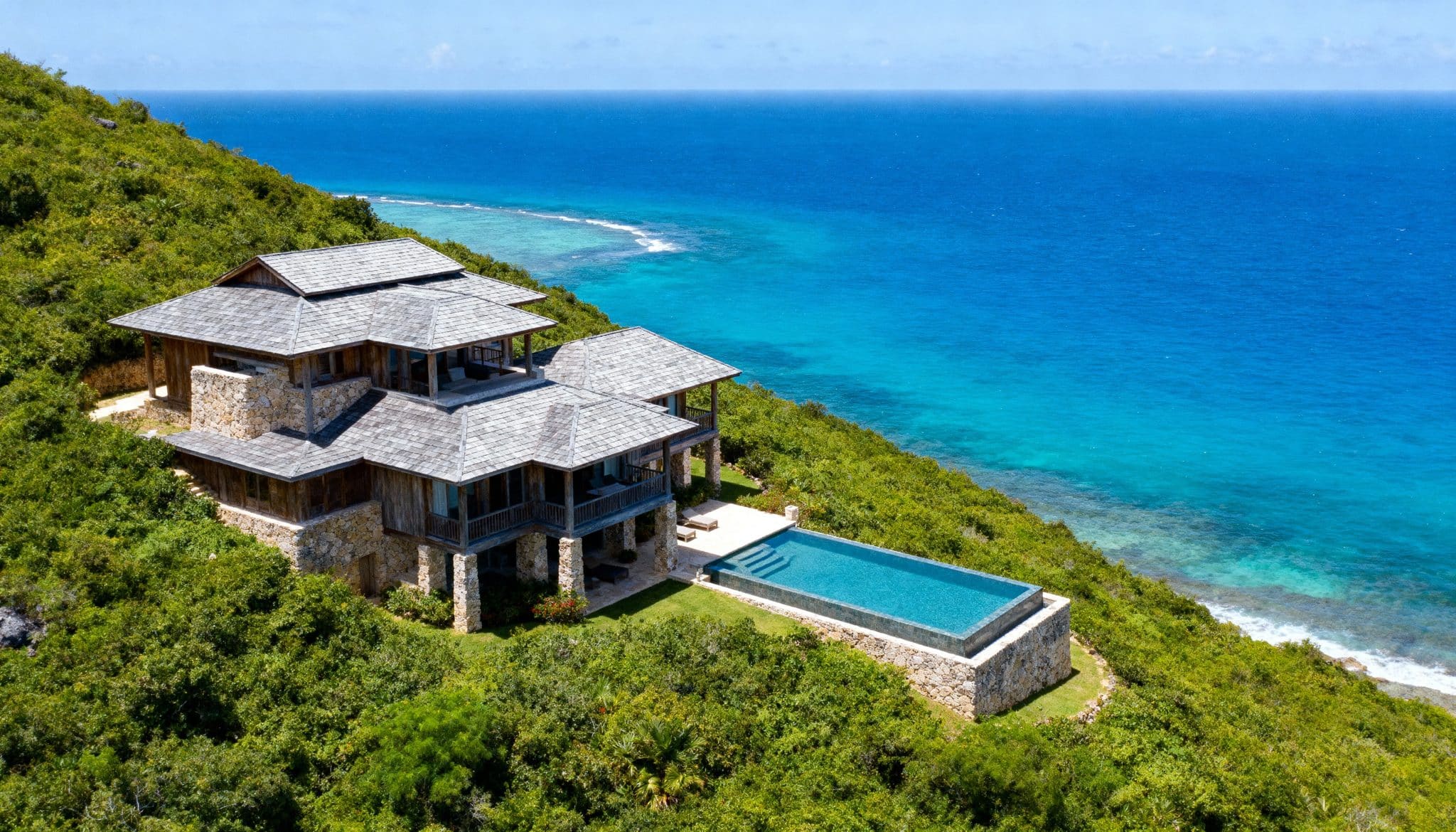
Consistently warm climates make these windows ideal for year-round natural cooling and humidity management in coastal residences.
- Reduce reliance on air conditioning systems and lower energy bills.
- Withstand humidity without trapping heat indoors.
3. Greenhouses
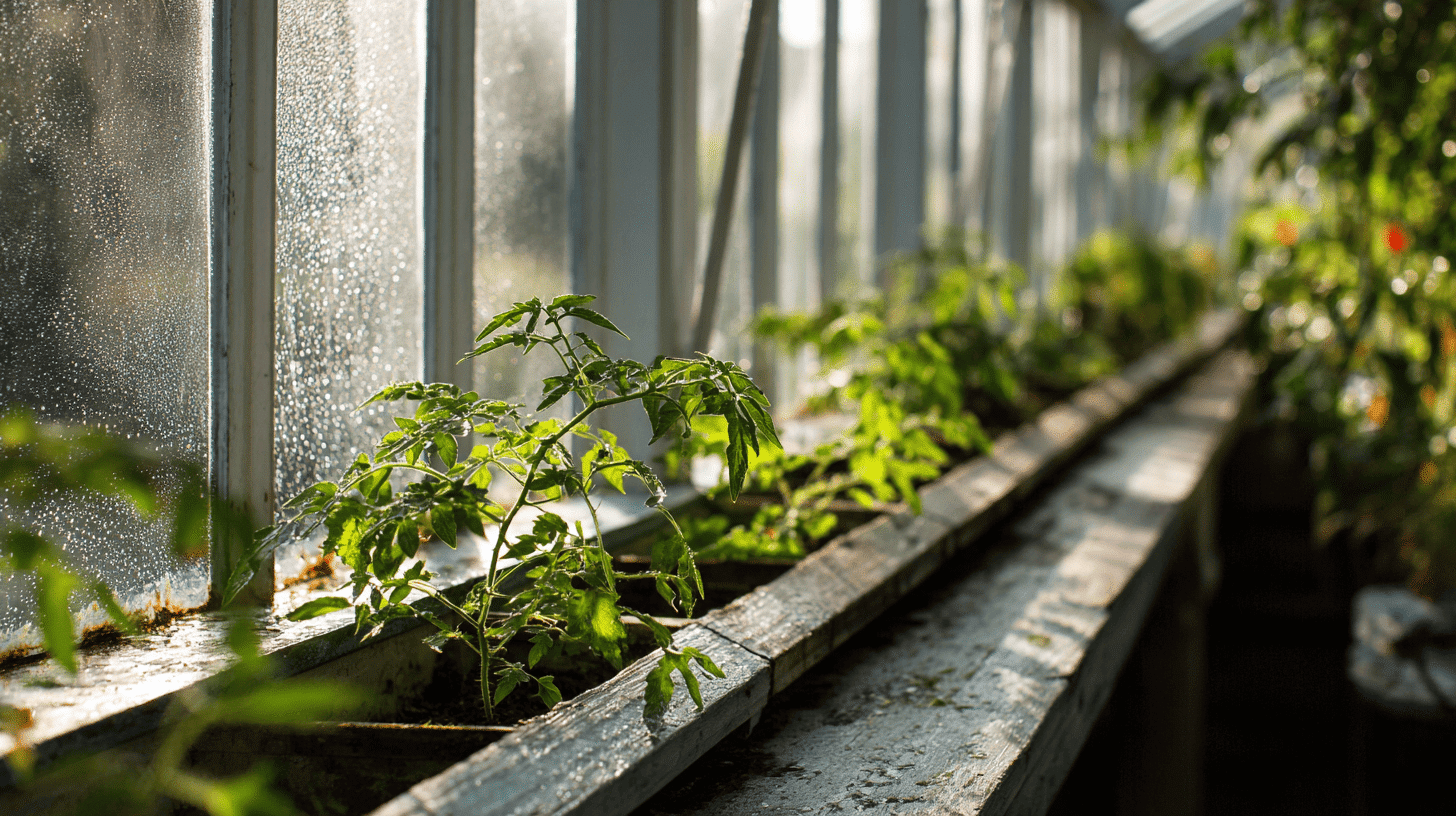
Controlled airflow is essential for plant health, making these windows perfect for regulating temperature and moisture levels.
- Help balance moisture levels for healthy plants and prevent mildew.
- Allow gradual heat release in sunny weather.
- Support natural air circulation for better yield and growth.
4. Workshops and Garages
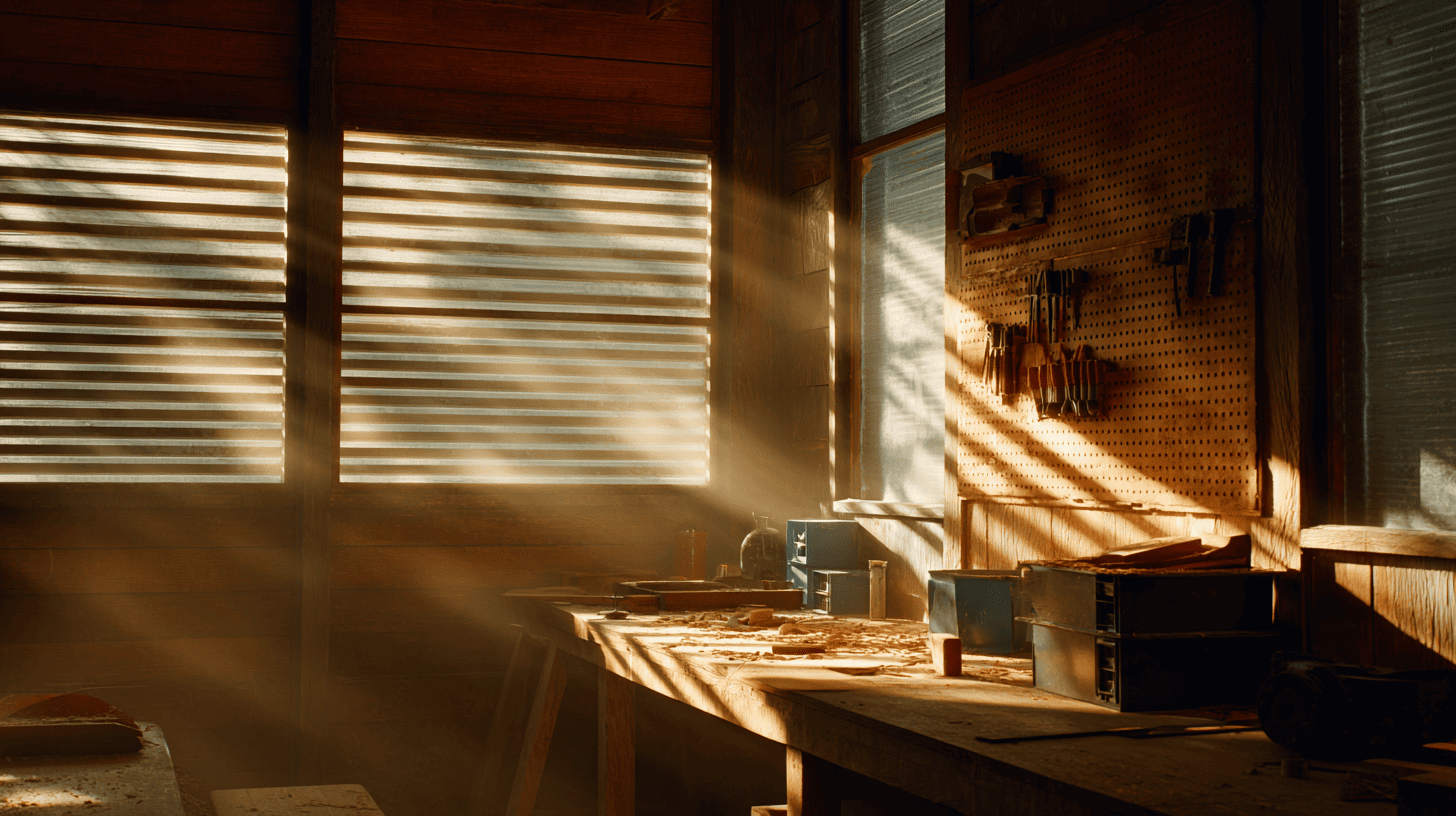
Utility spaces need ventilation without sacrificing wall space, and these windows provide airflow while maintaining security.
- Provide discreet airflow while keeping spaces secure from intruders.
- Limit the buildup of fumes, dust, and odors during projects.
- Require minimal wall space compared to larger window options.
- Install at higher positions for better air circulation.
5. Pool Houses and Garden Rooms
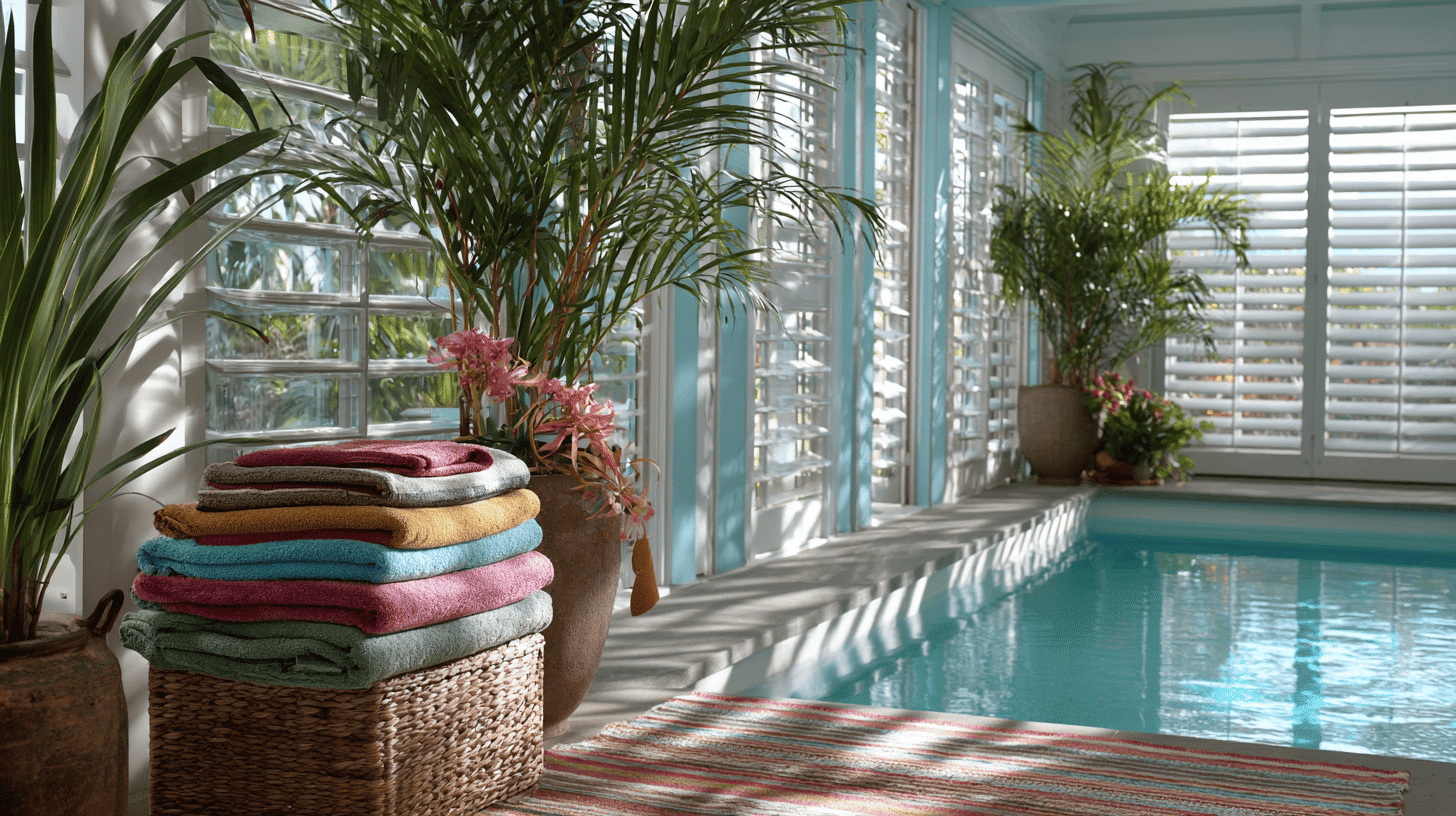
Leisure spaces near water or gardens require fresh air circulation combined with protection from insects and debris.
- Keep interiors fresh during humid summer days near water.
- Complement water-themed or garden-focused design styles.
Maintenance and Care Tips
Keeping jalousie windows in good condition helps extend their lifespan, improve efficiency, and ensure they continue offering smooth operation and proper ventilation.
- Clean regularly: Wash glass slats with mild soap and water to prevent the buildup of dirt and dust.
- Lubricate hardware: Apply light oil to cranks and pivot clips so they function without sticking.
- Check seals: Inspect weatherstripping often and replace worn sections to stop drafts or leaks.
- Maintain screens: Fix or replace insect screens to keep pests out while allowing airflow.
- Seasonal care: Ensure slats close tightly before storm seasons for added weather protection.
- Troubleshooting: Adjust or swap bent clips to keep slats aligned and functional.
Alternatives to Jalousie Windows
For homeowners seeking ventilation and style without the common drawbacks of these windows, several modern alternatives provide improved sealing, security, and energy performance.
| Alternative | Key Advantage | Best Use Case |
|---|---|---|
| Casement Windows | Wide opening for strong airflow | Ideal for catching cross-breezes in living areas |
| Awning Windows | Ventilation is possible during light rain | Great for bathrooms and kitchens |
| Sliding Windows | Easy to operate and space-efficient | Perfect for tight spaces or modern homes |
| Hybrid Louvers | Louvers with upgraded seals and durability | Suitable for tropical homes needing efficiency |
| Fixed Decorative Units | Retain a louvered look without functionality | Works well for design accents or symmetry |
Tip: When selecting an alternative, consider your climate, ventilation needs, and maintenance preferences to ensure the best long-term solution.
Wrapping It Up
Jalousie windows bring both charm and usefulness to a home.
They are especially popular for porches, sunrooms, and homes in warm or tropical areas where ventilation matters most.
While they are less energy-efficient and not as secure as some modern options, their lower cost and unique look make them appealing in the right setting.
By carefully weighing pros and cons, people can see if these windows suit their needs. When used wisely, they add comfort, style, and a lasting outdoor connection.


